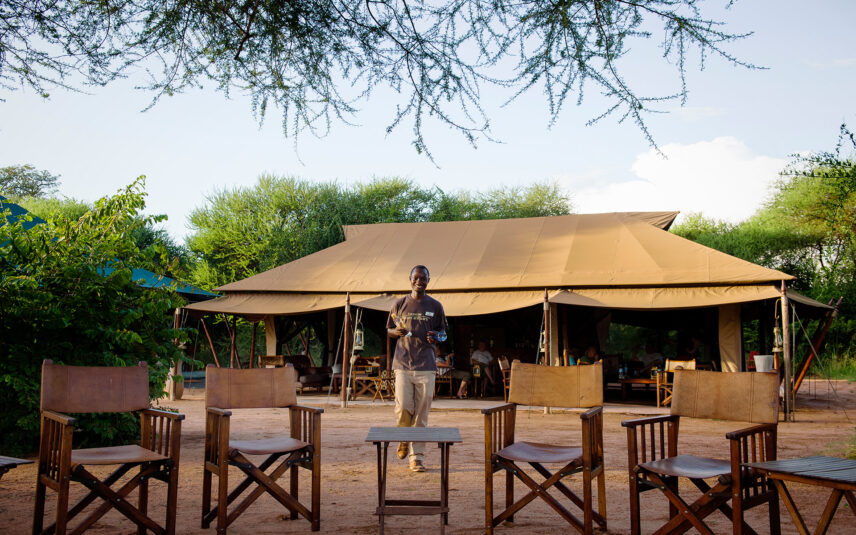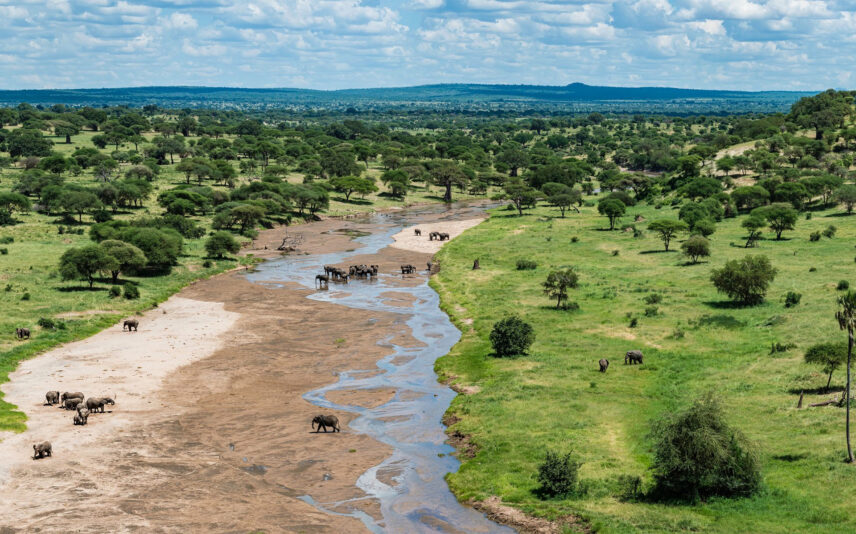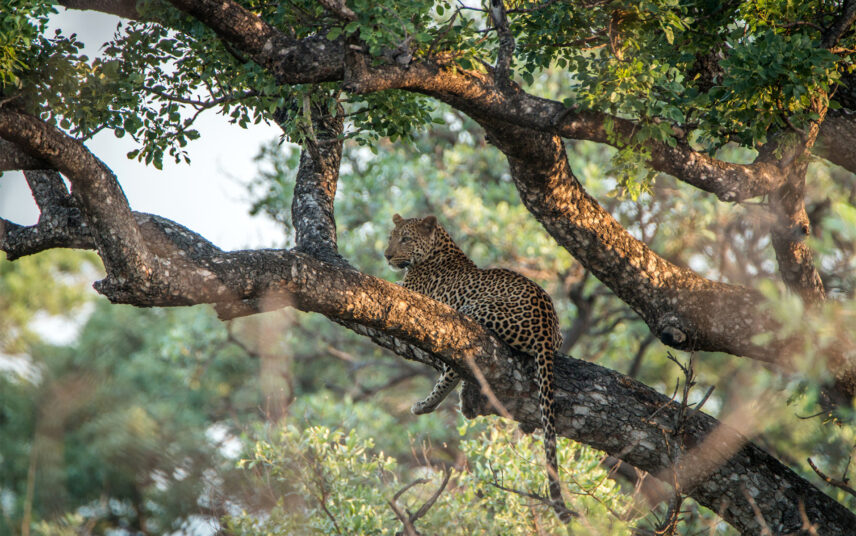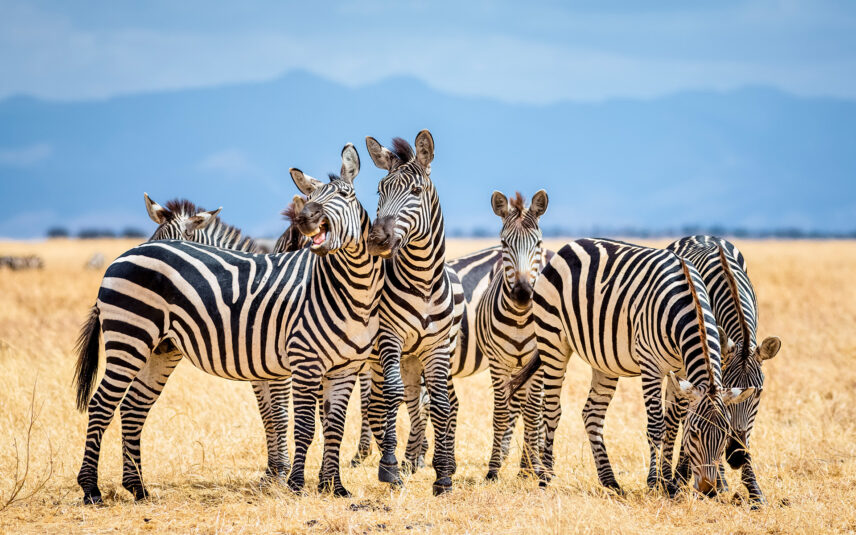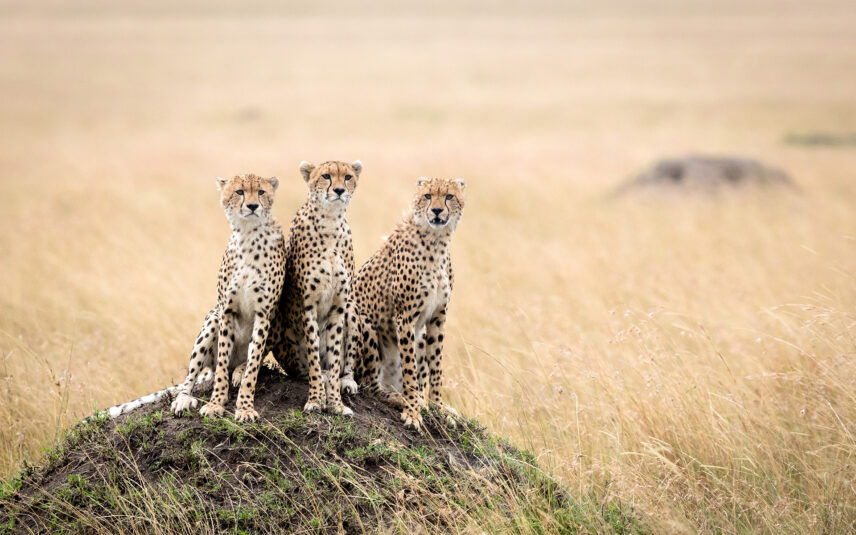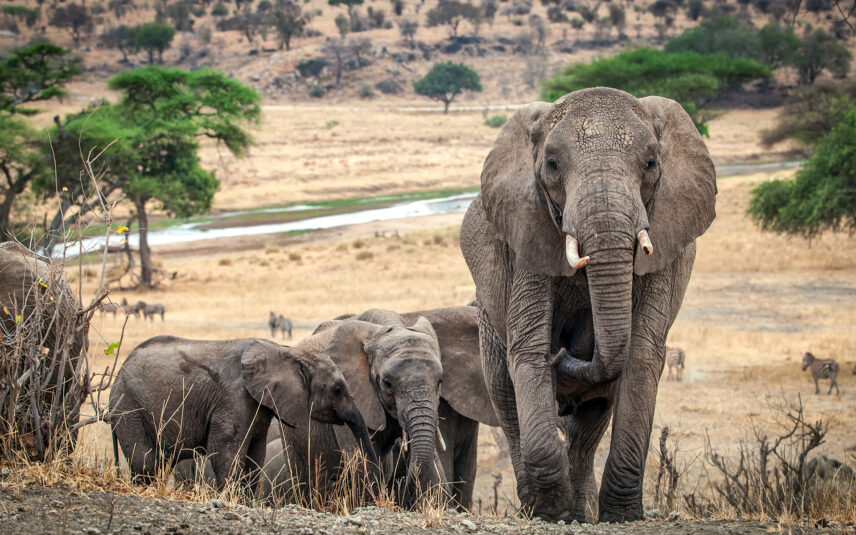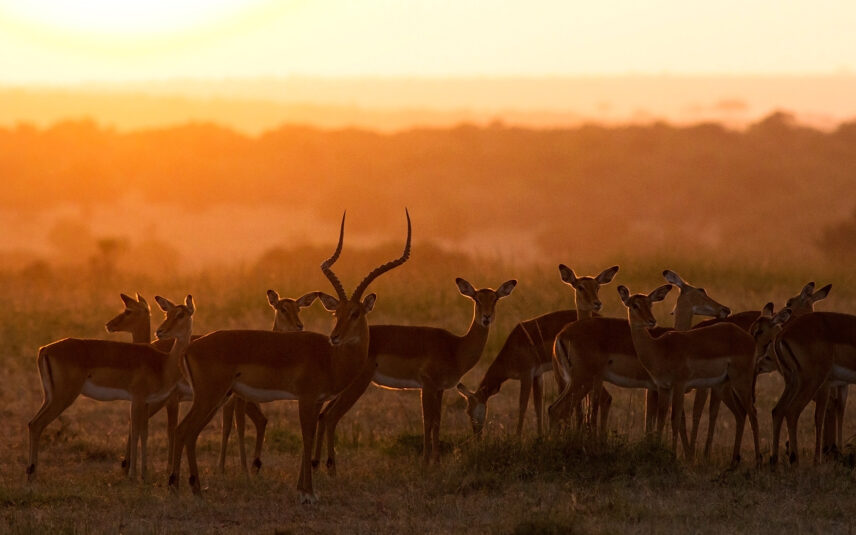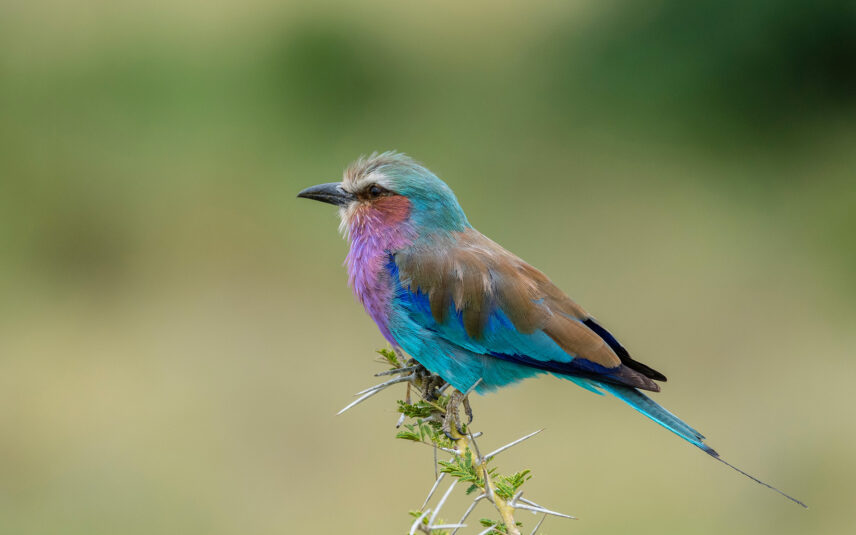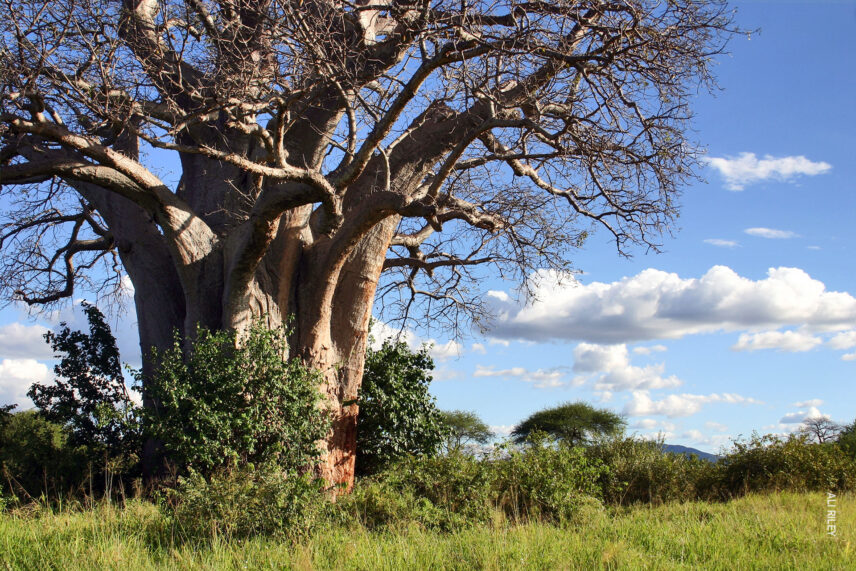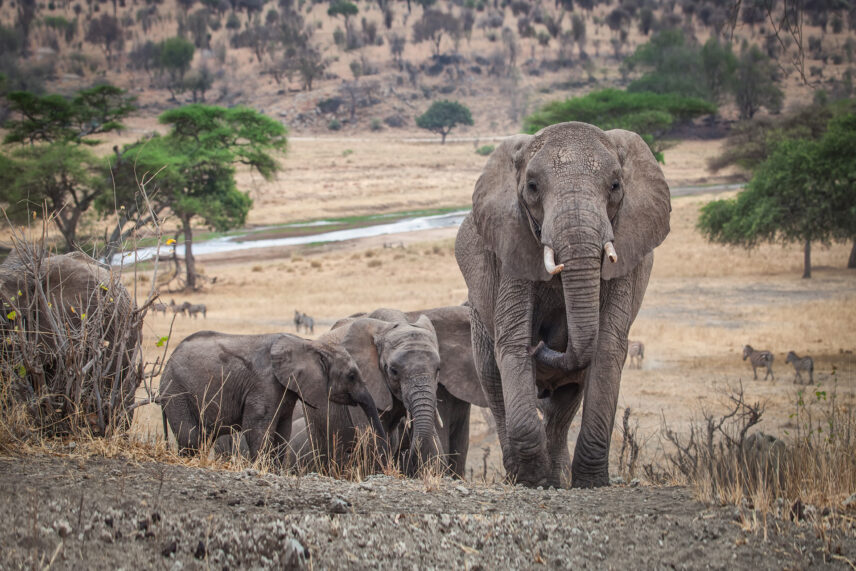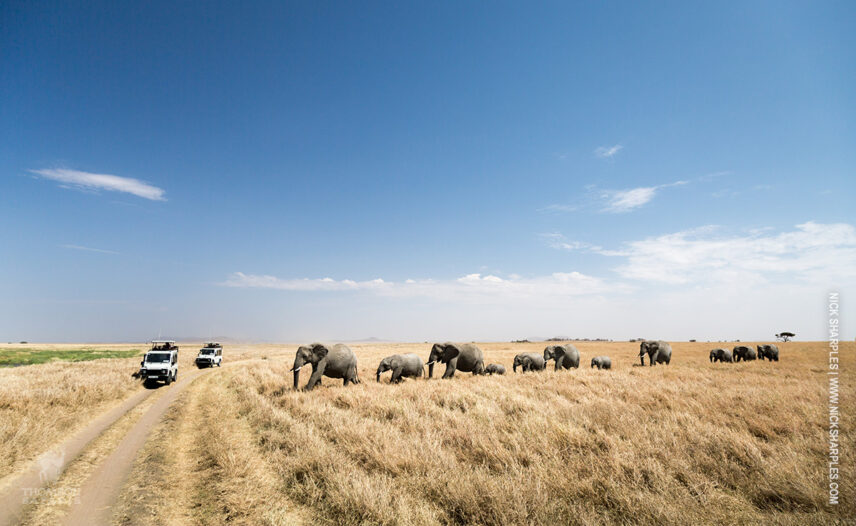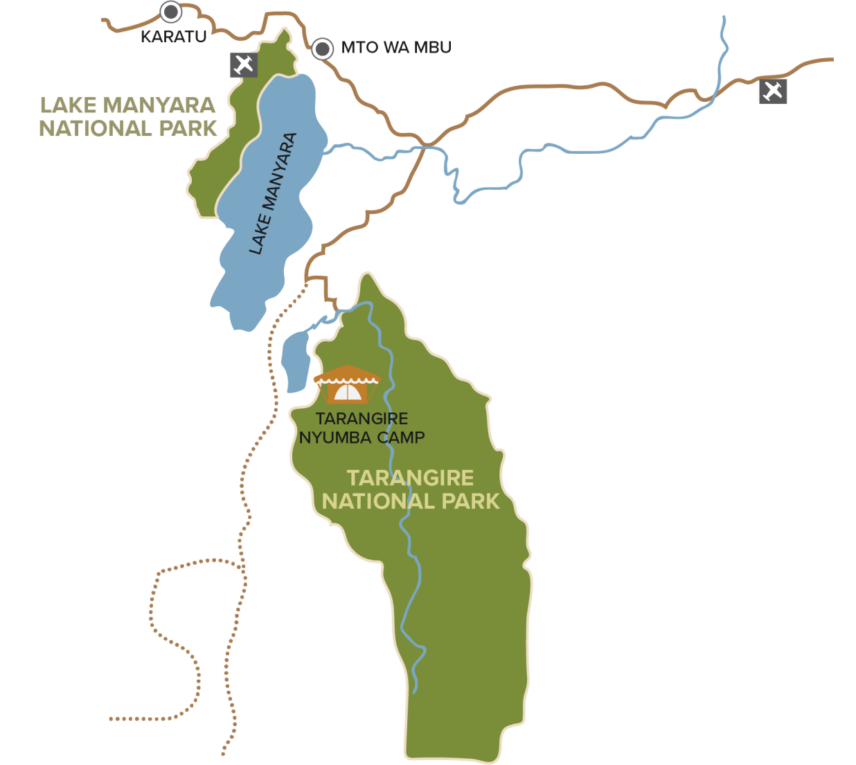
Welcome to Tarangire
Discover the “Little Serengeti”
Tarangire National Park, spanning 1,100 square miles of swamps, grasslands, and thick acacia bush, is divided by the Tarangire River, the lifeblood of the park. This lush region of the Rift Valley hosts one of the highest concentrations of elephants in the world, along with giraffes, impalas, warthogs, zebras, and wildebeest. Big cats are often seen basking on the riverbanks. Known as the “Little Serengeti,” Tarangire offers a similar landscape and wildlife composition to the Serengeti but with unique features all its own.
Top Three
Tarangire Highlights
01
Tarangire is renowned for its large herds of elephants, making it one of the best places to observe these majestic creatures up close.
02
During the dry season, a variety of animals congregate at the Tarangire River, providing an excellent opportunity for wildlife viewing.
03
With over 500 bird species, Tarangire is a haven for bird enthusiasts, offering sightings of a wide variety of unique and colorful birds.
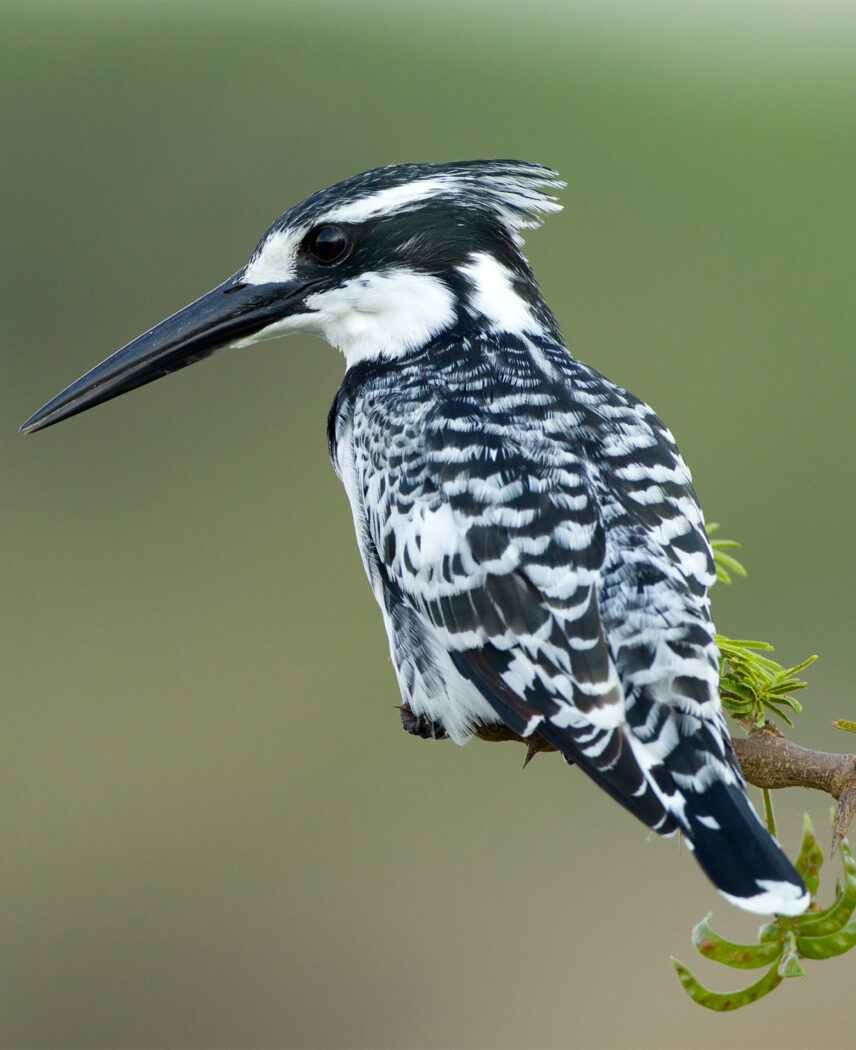
A Birder’s Paradise
Spot Your Favorites
During the green season, Tarangire is a birder’s paradise, boasting over 450 bird species, including many rare ones. The park’s marshy center attracts vast flocks of waterfowl such as saddle-billed storks, African fish eagles, tawny eagles, and lilac-breasted rollers. In the dry season from July to October, water becomes scarce, and animals migrate to the Tarangire River, creating dense populations and prime wildlife viewing opportunities.
The park is also known as the Baobab Capital of the World due to its high concentration of these iconic “upside-down” trees. The Adansonia digitata species plays a crucial ecological role for elephants, bees, birds, and bats. Visiting Tarangire, whether in the green or dry season, offers a unique connection to the rhythms of the African savanna, showcasing how the cycles of rain and drought shape the landscape.

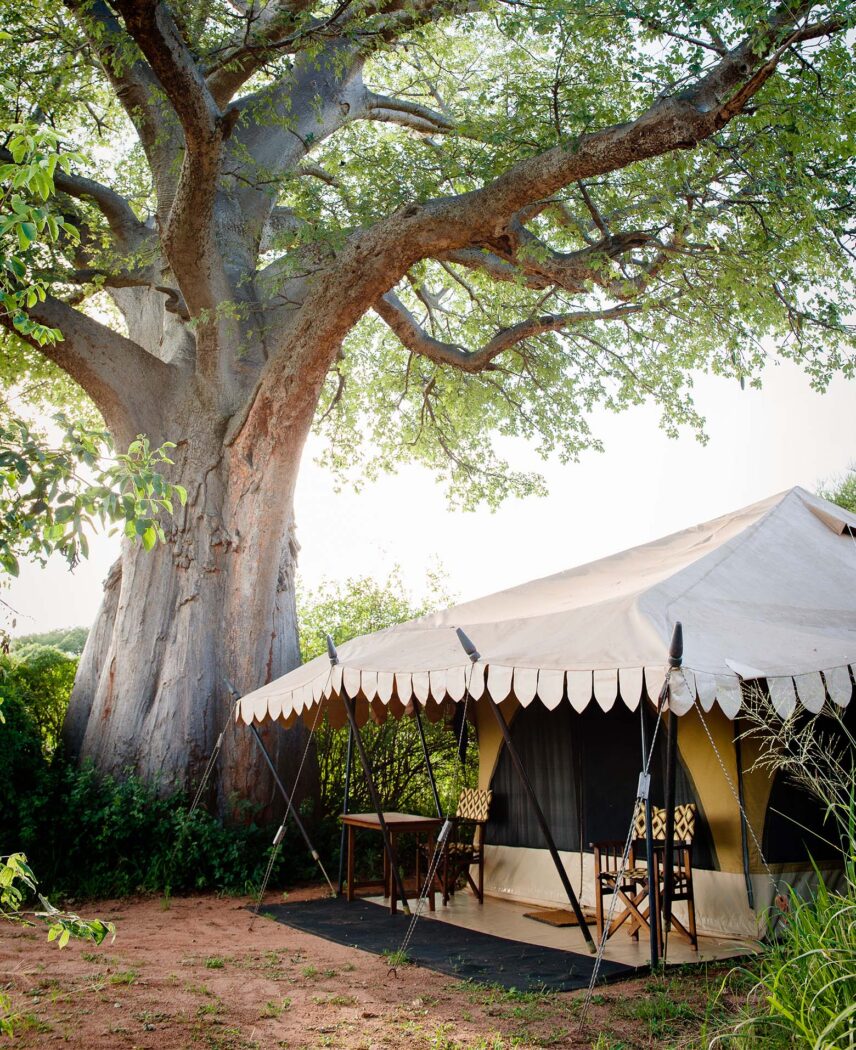
Thomson Tarangire Nyumba
Thomson Tarangire Nyumba

Where You’ll Stay
Tarangire Nyumba Camp
Your camp is set amongst an array of baobab trees near the Tarangire River. Enjoy top-notch service from the camp staff, delicious meals in the dining tent, and comfortable amenities in your tent. Sit back with a cocktail or a book in the lounge tent, by the campfire, or on the verandah of your Nyumba tent.


